You don’t have to go far at Nest Collaborative to find a lactation consultant talking about why breastfeeding is, well, so cool.
Breastfeeding fosters a close relationship between parent and child. It provides essential nutrients for young babies. It helps children develop their immune system, delivering the benefits of their breastfeeding parent’s established immunity and protecting them from disease. Breastfeeding also helps support recovery from birth, can help decrease the risk of postpartum mental health challenges, and lowers the incidences of cancers after extended breastfeeding.
In short, breastfeeding is amazing. It’s no wonder parents of all shapes and sizes, from gestational parents to adoptive parents, want to establish this important relationship.
What’s even more amazing is that while lactation generally occurs during pregnancy, lactation is possible even if you’ve never been pregnant before—meaning you don’t have to have given birth to reap the benefits of breastfeeding for yourself and your child. The process of lactation without pregnancy is called induced lactation, and it can help establish a breastfeeding relationship in families growing by non-traditional means like adoption or surrogacy.
The best way to begin the process of induced lactation is to discuss your breastfeeding goals with a medical provider or IBCLC.
If you’re thinking about inducing lactation, here are four things you need to know.
Induced lactation is the process of encouraging the body to produce breast milk without a prior pregnancy. Through induced lactation, non-gestational parents and children can receive the physical and social-emotional benefits of breastfeeding.
The process of lactation typically begins as a response to high levels of estrogen and progesterone present in the body during pregnancy. As pregnancy progresses, the hormones prolactin and oxytocin are released, which regulate milk production and release. Because parents who are not gestational carriers do not experience these shifting hormonal changes in the months and weeks leading up to their child’s birth, their body doesn’t get the signal that it needs to prepare to lactate.
But if a parent has the goal of breastfeeding, lactation can be induced through several means, including hormonal treatments, the use of galactagogues (herbal or pharmacological supplements), and breast stimulation.
Like any healthcare issue, there are lots of different terms that can be easy to mix up. Induced lactation and relactation are two of those terms.
While the American Academy of Pediatrics estimates that 83.9% of families begin breastfeeding after birth, only 25.8% of them are still breastfeeding exclusively at 6 months of age. There are many reasons why a family may stop or reduce breastfeeding prematurely, including common breastfeeding barriers like mastitis and difficulty reinitiating breastfeeding after a nursing strike. But for many parents, the end to their breastfeeding journey isn’t what they hoped for, and in some cases, they may wish to reinitiate breastfeeding after a pause.
This process is called relactation.
Unlike induced lactation, which involves stimulating lactation in a person who has never lactated, relactation refers to stimulating lactation in someone who has been pregnant previously but either stopped or never started breastfeeding.
Induced lactation is often a more complex and time consuming process than relactation because the body has never gone through the hormonal changes of pregnancy or established a breast milk supply.
There are many reasons why someone might want to induce lactation. Most commonly, the lactation process is induced so that a non-gestational parent can breastfeed an infant. For example, adoptive parents, parents having a child via surrogate, transgender parents, and parents in same-sex relationships may all want to induce lactation to establish a breastfeeding relationship with a child.
While less common, some people choose to induce lactation for reasons other than feeding a baby. For example, transgender women may want to connect with their gender identity through lactation, even without breastfeeding a child.
There are several ways to induce lactation, but the most common way is to consistently empty the breasts of milk. Stimulating the breasts via nipple stimulation, pumping, or breastfeeding (even if no milk is being expressed!), increases levels of milk-making hormones in the body and teaches the body to begin creating breast milk. By ensuring the milk is repeatedly emptied from the breast, the body learns to make more milk, increasing its milk supply.
While frequent stimulation and milk expression are absolutely essential to begin producing any amount of milk, there are additional options for inducing lactation that can dramatically increase your chances of establishing a full milk supply by preparing the body for lactation in the months prior to the arrival of your baby.
Some people take oral contraceptives starting 6 months or longer prior to the arrival of their baby to supply the body with high levels of estrogen and progesterone, which simulates the hormonal changes of pregnancy. These medications are then stopped abruptly, which simulates the hormonal shift that happens after delivery and stimulates the breasts to produce milk. Additionally, some galactagogues, including herbal supplements and the prescription medication domperidone, may help to start or boost breast milk supply when breastfeeding or pumping is also being performed regularly, although lactation consultants have varying approaches to the use of galactagogues.
Generic breastfeeding protocols like the Newman-Goldfarb Protocol can help expecting parents begin the process of induced lactation, but they are best used as a starting point as every lactation journey is different. For a personalized approach, an IBCLC can develop an individualized protocol that takes into account your medical history and your breastfeeding goals.
Breastfeeding is complex and can be full of ups and downs. The most fulfilling breastfeeding journey is one where you are empowered to decide how breastfeeding works best for you and your child.
Breastfeeding via induced lactation is no different. Success is all about setting goals that are meaningful to you. Here are some things to keep in mind when preparing to induce lactation.
After inducing lactation, some parents are able to produce a full milk supply and feed their baby without supplementing with donated breast milk or formula. However, some parents who induce lactation may find they need to supplement their breast milk supply. If this is the case, always put the baby to the breast before and after supplementing to continue supporting your breast milk supply.
If you’re struggling with low supply, an at-breast supplementer can help you build supply while preserving the breastfeeding relationship and giving your breasts the stimulation needed to boost your supply. At-breast supplementation systems involve a tube placed at the breast that is connected to a bottle of milk. By putting your baby to the breast, they stimulate the nipple, increasing your milk supply, and also suck from the tube, accessing more milk. These systems are a good option for parents looking to build their milk supply while encouraging their baby to begin breastfeeding.
If you struggle to produce enough breast milk, remember: breastfeeding isn’t just about nourishment. Frequent skin-to-skin contact promotes intimacy and trust between you and your baby, and suckling at the breast can give babies great comfort, even if they aren’t receiving milk.
The changes that develop in the breasts during pregnancy take almost ten months, so it shouldn’t be surprising that inducing lactation is not an instantaneous process. If possible, begin the relactation process at least six months or more prior to the birth of your child to build your milk supply, or as soon as you are able.
Pumping frequently is a great way to prepare your body for lactation. If possible, pump or hand express breast milk at least 8-12 times a day, including overnight, for around 20-30 minutes each session.
Some babies may have difficulty latching to the breast, especially if they were not breastfed from birth. The older your baby is when initiating breastfeeding, the more challenging it will be for them to learn to latch. An IBCLC can help you come up with a plan for easing your baby into breastfeeding and support a good latch for your baby, even if they are 3-4 months old (or older) upon initiating breastfeeding.
If your baby won’t latch, even with IBCLC support, you can still maintain a breastfeeding relationship. Expressed milk can be fed to older babies in a cup or with a spoon, or with a paced bottle feeding technique.
It can be intimidating to admit that you’re struggling with breastfeeding, but these challenges are more common than you think—in fact, over 70% of breastfeeding parents admit to difficulties breastfeeding. If you’re struggling with low milk supply, relactating after a pause, or need help getting your baby the perfect latch, you don’t need to suffer in silence. Trained, nonjudgmental IBCLCs are available to help you navigate this challenging season of life and reach your breastfeeding goals.
Feeding your baby requires patience, humility, and grit. But most parents find all of the challenges—from middle-of-the-night feedings to power-pumping—are well worth it. If you need support on your breastfeeding journey, book a convenient online video appointment with a Nest Collaborative IBCLC today.
